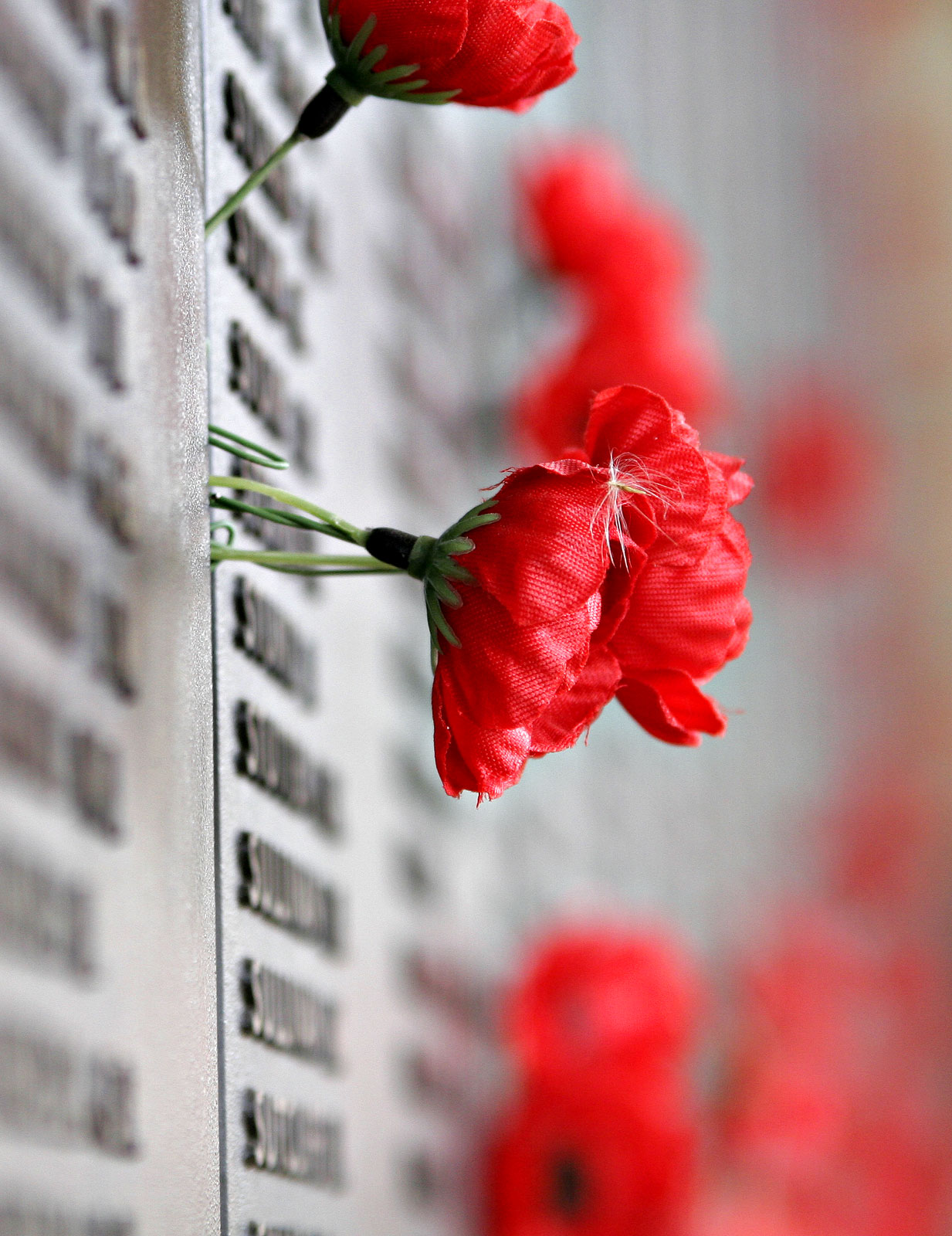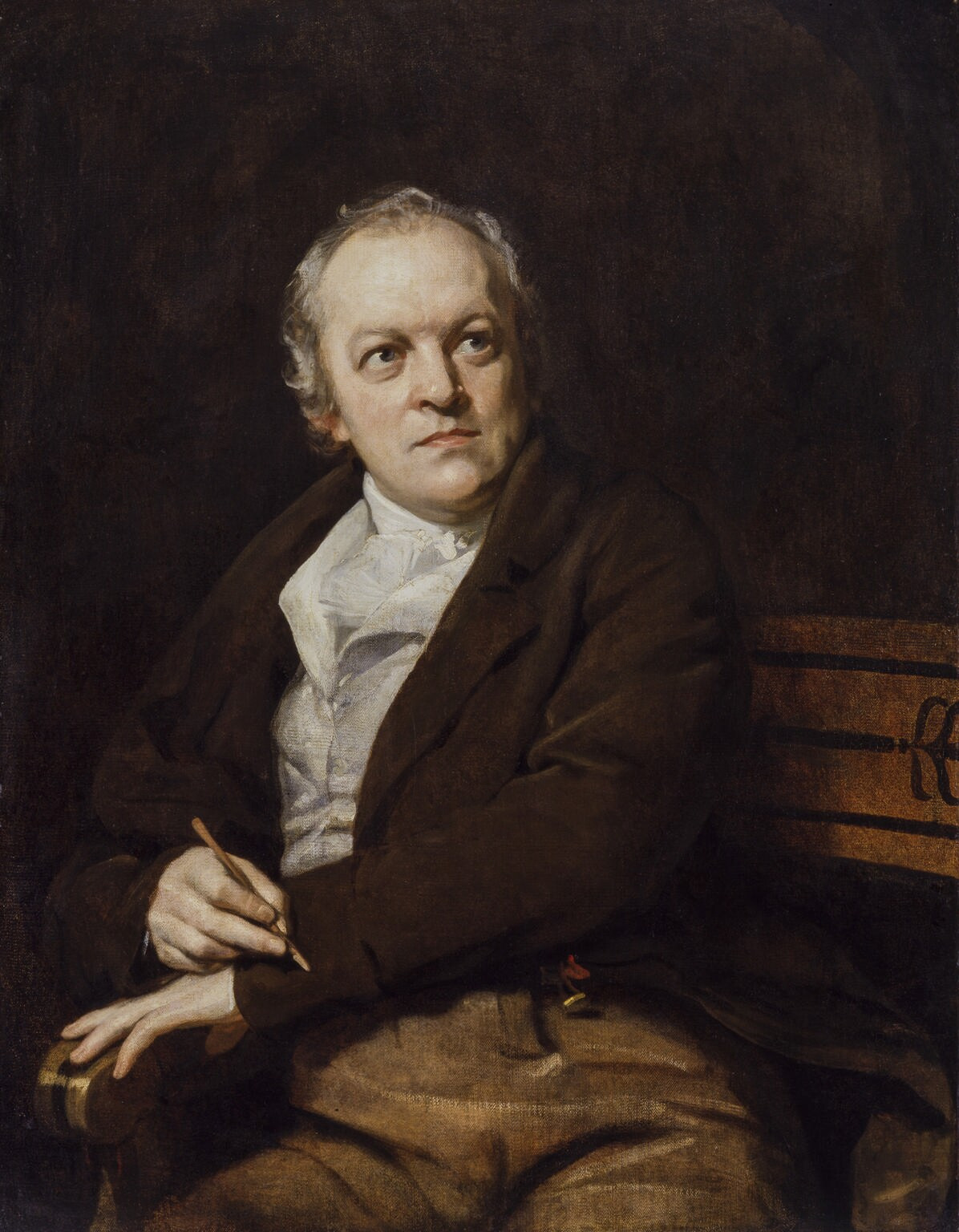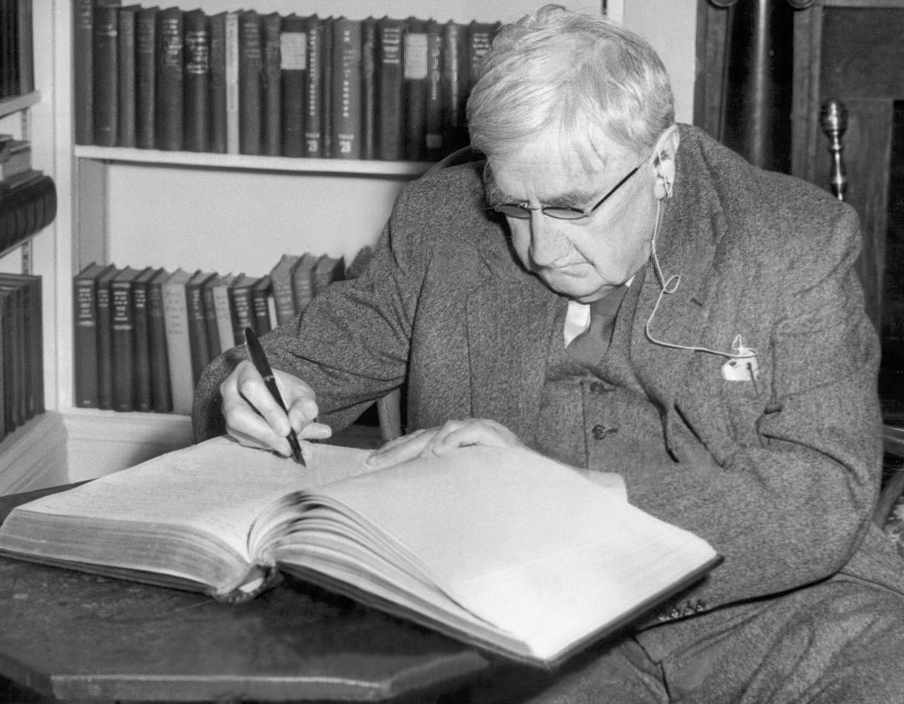|
Remembrance Day
Remembrance Day (also known as Poppy Day owing to the tradition of wearing a remembrance poppy) is a memorial day observed in Commonwealth member states since the end of the First World War to honour armed forces members who have died in the line of duty. Following a tradition inaugurated by King George V in 1919, the day is also marked by war remembrances in many non-Commonwealth countries. In most countries, Remembrance Day is observed on 11 November to recall the end of First World War hostilities. Hostilities formally ended "at the 11th hour of the 11th day of the 11th month" of 1918, in accordance with the armistice signed by representatives of Germany and the Entente between 5:12 and 5:20 that morning. ("At the 11th hour" refers to the ''passing'' of the 11th hour, or 11:00 am.) The First World War officially ended with the signing of the Treaty of Versailles on 28 June 1919. The tradition of Remembrance Day evolved out of Armistice Day. The initial Armist ... [...More Info...] [...Related Items...] OR: [Wikipedia] [Google] [Baidu] |
The Cenotaph
The Cenotaph is a war memorial on Whitehall in London, England. Designed by Sir Edwin Lutyens, it was unveiled in 1920 as the United Kingdom's national memorial to the British and Commonwealth dead of the First World War, was rededicated in 1946 to include those of the Second World War, and has since come to represent British casualties from later conflicts. The word ''cenotaph'' is derived from Greek, meaning 'empty tomb'. Most of the dead were buried close to where they fell; thus, the Cenotaph symbolises their absence and is a focal point for public mourning. The original temporary Cenotaph was erected in 1919 for a parade celebrating the end of the First World War, at which more than 15,000 servicemen, including French and American soldiers, saluted the monument. More than a million people visited the site within a week of the parade. Calls for the Cenotaph to be rebuilt in permanent form began almost immediately. After some debate, the government agreed and construction wo ... [...More Info...] [...Related Items...] OR: [Wikipedia] [Google] [Baidu] |
Last Post
The "Last Post" is either an A or a B♭ bugle call, primarily within British infantry and Australian infantry regiments, or a D or an E♭ cavalry trumpet call in British cavalry and Royal Regiment of Artillery ( Royal Horse Artillery and Royal Artillery), and is used at Commonwealth military funerals, and ceremonies commemorating those who have died in war. Its duration varies typically from a little over one minute to nearly three minutes. For ceremonial use, the "Last Post" is often followed by " The Rouse", or less frequently the longer " Reveille". The two regimental traditions have separate music for the call. While the B♭ infantry bugle version is better known, the E♭ cavalry trumpet version is used by the state trumpeters of the Household Cavalry. Origin and wartime use The "First Post" call signals the start of the duty officer's inspection of a British Army camp's sentry posts, sounding a call at each one. First published in the 1790s, the "Last Post" c ... [...More Info...] [...Related Items...] OR: [Wikipedia] [Google] [Baidu] |
ANZAC Day
Anzac Day () is a national day of remembrance in Australia and New Zealand that broadly commemorates all Australians and New Zealanders "who served and died in all wars, conflicts, and peacekeeping operations" and "the contribution and suffering of all those who have served". Observed on 25 April each year, Anzac Day was originally devised to honour the members of the Australian and New Zealand Army Corps (ANZAC) who served in the Gallipoli Campaign, their first engagement in the First World War (1914–1918). History Anzac Day marks the anniversary of the first campaign that led to major casualties for Australian and New Zealand forces during the First World War. The acronym ANZAC stands for Australian and New Zealand Army Corps, whose soldiers were known as Anzacs. Anzac Day remains one of the most important national occasions of both Australia and New Zealand; however, the ceremonies and their meanings have changed significantly since 1915. According to Dr Martin Crotty, a h ... [...More Info...] [...Related Items...] OR: [Wikipedia] [Google] [Baidu] |
Australian Defence Force
The Australian Defence Force (ADF) is the military organisation responsible for the defence of the Commonwealth of Australia and its national interests. It consists of the Royal Australian Navy (RAN), Australian Army, Royal Australian Air Force (RAAF) and several "tri-service" units. The ADF has a strength of just over 85,000 full-time personnel and active reservists and is supported by the Department of Defence and several other civilian agencies. During the first decades of the 20th century, the Australian Government established the armed services as separate organisations. Each service had an independent chain of command. In 1976, the government made a strategic change and established the ADF to place the services under a single headquarters. Over time, the degree of integration has increased and tri-service headquarters, logistics, and training institutions have supplanted many single-service establishments. The ADF is technologically sophisticated but relatively small. ... [...More Info...] [...Related Items...] OR: [Wikipedia] [Google] [Baidu] |
War Memorial
A war memorial is a building, monument, statue, or other edifice to celebrate a war or victory, or (predominating in modern times) to commemorate those who died or were injured in a war. Symbolism Historical usage It has been suggested that the world's earliest known war memorial is the White Monument at Tell Banat, Aleppo Governorate, Syria, which dates from the 3rd millennium BC and appears to have involved the systematic burial of fighters from a state army. The Nizari Ismailis of the Alamut period (the Assassins) had made a secret roll of honor in Alamut Castle containing the names of the assassins and their victims during their uprising. The oldest war memorial in the United Kingdom is Oxford University's All Souls College. It was founded in 1438 with the provision that its fellows should pray for those killed in the long wars with France. War memorials for the Franco-Prussian War (1870–71) were the first in Europe to have rank-and-file soldi ... [...More Info...] [...Related Items...] OR: [Wikipedia] [Google] [Baidu] |
11 Nov Gnangarra-9
Eleven or 11 may refer to: * 11 (number), the natural number following 10 and preceding 12 * one of the years 11 BC, AD 11, 1911, 2011, or any year ending in 11 Literature * ''Eleven'' (novel), a 2006 novel by British author David Llewellyn *''Eleven'', a 1970 collection of short stories by Patricia Highsmith *''Eleven'', a 2004 children's novel in The Winnie Years by Lauren Myracle *''Eleven'', a 2008 children's novel by Patricia Reilly Giff *''Eleven'', a short story by Sandra Cisneros Music *Eleven (band), an American rock band * Eleven: A Music Company, an Australian record label *Up to eleven, an idiom from popular culture, coined in the movie ''This Is Spinal Tap'' Albums * ''11'' (The Smithereens album), 1989 * ''11'' (Ua album), 1996 * ''11'' (Bryan Adams album), 2008 * ''11'' (Sault album), 2022 * ''Eleven'' (Harry Connick, Jr. album), 1992 * ''Eleven'' (22-Pistepirkko album), 1998 * ''Eleven'' (Sugarcult album), 1999 * ''Eleven'' (B'z album), 2000 * ''Eleven'' (Reamo ... [...More Info...] [...Related Items...] OR: [Wikipedia] [Google] [Baidu] |
The Last Post
The "Last Post" is either an A or a B♭ bugle call, primarily within British infantry and Australian infantry regiments, or a D or an E♭ cavalry trumpet call in British cavalry and Royal Regiment of Artillery (Royal Horse Artillery and Royal Artillery), and is used at Commonwealth military funerals, and ceremonies commemorating those who have died in war. Its duration varies typically from a little over one minute to nearly three minutes. For ceremonial use, the "Last Post" is often followed by " The Rouse", or less frequently the longer " Reveille". The two regimental traditions have separate music for the call. While the B♭ infantry bugle version is better known, the E♭ cavalry trumpet version is used by the state trumpeters of the Household Cavalry. Origin and wartime use The "First Post" call signals the start of the duty officer's inspection of a British Army camp's sentry posts, sounding a call at each one. First published in the 1790s, the "Last Post" ca ... [...More Info...] [...Related Items...] OR: [Wikipedia] [Google] [Baidu] |
Cenotaph
A cenotaph is an empty tomb or a monument erected in honour of a person or group of people whose remains are elsewhere. It can also be the initial tomb for a person who has since been reinterred elsewhere. Although the vast majority of cenotaphs honour individuals, many noted cenotaphs are instead dedicated to the memorialization, memories of groups of individuals, such as the lost soldiers of a country or of an empire. Etymology The word "cenotaph" in the English Language is derived from the Greek el, κενοτάφιον, kenotaphion, label=none. It is a Compound (linguistics), compound word that is created from the Morphology (linguistics), morphological combination of two root words: # el, κενός, kenos, label=none meaning "empty" # el, τάφος, taphos, label=none meaning "tomb", from el, θαπτω, thapto, I bury, label=none History Cenotaphs were common in the ancient world. Many were built in Ancient Egypt, Ancient Greece and across Northern Europe (in t ... [...More Info...] [...Related Items...] OR: [Wikipedia] [Google] [Baidu] |
And Did Those Feet In Ancient Time
"And did those feet in ancient time" is a poem by William Blake from the preface to his epic '' Milton: A Poem in Two Books'', one of a collection of writings known as the Prophetic Books. The date of 1804 on the title page is probably when the plates were begun, but the poem was printed .Cox, Michael, editor, ''The Concise Oxford Chronology of English Literature'', "1808", p 289, Oxford University Press, 2004, Today it is best known as the hymn "Jerusalem", with music written by Sir Hubert Parry in 1916. The famous orchestration was written by Sir Edward Elgar. It is not to be confused with another poem, much longer and larger in scope and also by Blake, called '' Jerusalem The Emanation of the Giant Albion''. It is often assumed that the poem was inspired by the apocryphal story that a young Jesus, accompanied by Joseph of Arimathea, a tin merchant, travelled to what is now England and visited Glastonbury during his unknown years.Icons – a portrait of England. Icon: ... [...More Info...] [...Related Items...] OR: [Wikipedia] [Google] [Baidu] |
I Vow To Thee, My Country
"I Vow to Thee, My Country" is a British patriotic hymn, created in 1921, when music by Gustav Holst had a poem by Sir Cecil Spring Rice set to it. The music originated as a wordless melody, which Holst later named "Thaxted", taken from the "Jupiter" movement of Holst's 1917 suite ''The Planets''. History The origin of the hymn's text is a poem by diplomat Sir Cecil Spring Rice, written in 1908 or 1912, entitled "' ("The City of God") or "The Two Fatherlands". The poem described how a Christian owes his loyalties to both his homeland and the heavenly kingdom. In 1908, Spring Rice was posted to the British Embassy in Stockholm. In 1912, he was appointed as Ambassador to the United States of America, where he influenced the administration of Woodrow Wilson to abandon neutrality and join Britain in the war against Germany. After the United States entered the war, he was recalled to Britain. Shortly before his departure from the US in January 1918, he re-wrote and renamed " ... [...More Info...] [...Related Items...] OR: [Wikipedia] [Google] [Baidu] |
O Valiant Hearts
"O Valiant Hearts" is a hymn remembering the fallen of the First World War. It often features prominently in annual Remembrance Day services in the United Kingdom and the British Commonwealth. Words were taken from a poem by Sir John Stanhope Arkwright (1872–1954), published in ''The Supreme Sacrifice, and other Poems in Time of War'' (1919).Songs of Praise Discussed, published 1933,1950, page 167 It was set to music by the Rev. Dr. Charles Harris (1865-1936) who was Vicar of Colwall, Herefordshire between 1909-1929. It is to his tune, referred to as Harris or sometimes The Supreme Sacrifice that the hymn is now almost always sung. Other tunes Existing tunes used for the hymn include "Birmingham", a Victorian tune by Francis Cunningham and Farley Castle by Henry Lawes (1596-1662). The poem was later included as a hymn in both editions of the hymn book ''Songs of Praise''. For the first edition, published in 1925, the music was set to a traditional tune, 'Valour', arran ... [...More Info...] [...Related Items...] OR: [Wikipedia] [Google] [Baidu] |
Flowers Of The Forest
''Flowers of the Forest'', or ''The Fluuers o the Forest'' (Roud 3812), is a Scottish folk tune and work of war poetry commemorating the defeat of the Scottish army, and the death of James IV, at the Battle of Flodden in September 1513. Although the original words are unknown, the melody was recorded c. 1615–1625 in the John Skene of Halyards Manuscript as "Flowres of the Forrest", although it might have been composed earlier. Several versions of words have been added to the tune, notably Jean Elliot's lyrics in 1756 or 1758. Others include those by Alison Cockburn below. However, many renditions are played on the great Highland bagpipe. Due to the content of the lyrics and the reverence for the tune, it is one of the few tunes that many pipers will perform in public only at funerals or memorial services, with play otherwise limited to private practice or to instruct other pipers. The air The tune is a simple modal melody. Typical of old Scottish tunes it is entirely pent ... [...More Info...] [...Related Items...] OR: [Wikipedia] [Google] [Baidu] |









